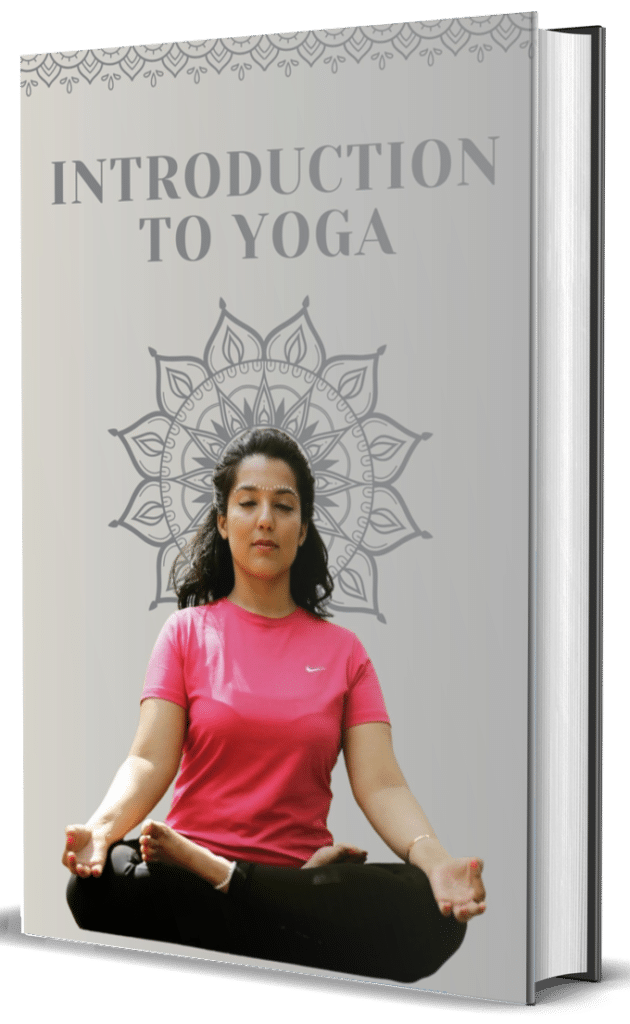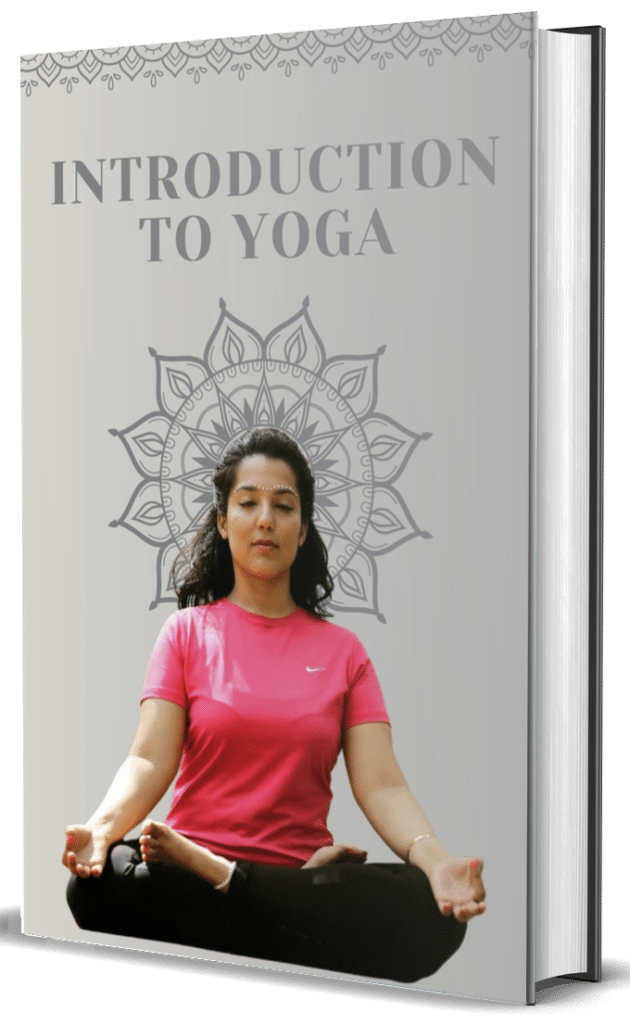Dristi (pronounced DRISH-tee) is a Sanskrit term that translates to ‘gaze’ or ‘focused vision’ and represents an important technique in yoga practice. Dristi refers to specific focal points where practitioners direct their gaze during asanas meditation and pranayama to enhance concentration stabilize the body and quiet the mind.
In traditional Ashtanga Yoga there are nine official dristi points including the tip of the nose (nasagrai) third eye center (bhrumadhye) navel (nabhi) hands (hastagrai) toes (padayoragrai) thumbs (angustha ma dyai) far right (parsva) far left (parsva) and upward to sky (urdhva). Each yoga pose is associated with a specific dristi that complements and deepens the posture.
The practice of dristi serves multiple purposes in yoga. Physically it helps maintain balance particularly in challenging standing or inverted poses by providing a steady reference point. Mentally dristi prevents the eyes and consequently the mind from wandering promoting one-pointed concentration (dharana). Energetically focusing the gaze is believed to direct prana (life force) enhancing the energetic benefits of each posture.
Beyond the physical practice dristi extends into daily life as a metaphor for focused attention and clear seeing. Just as practitioners train the eyes to remain steady amid physical challenges they learn to maintain focused awareness amid life’s distractions. Dristi teaches yogis to distinguish between merely looking and truly seeing—developing the capacity to perceive reality clearly without distortion.



